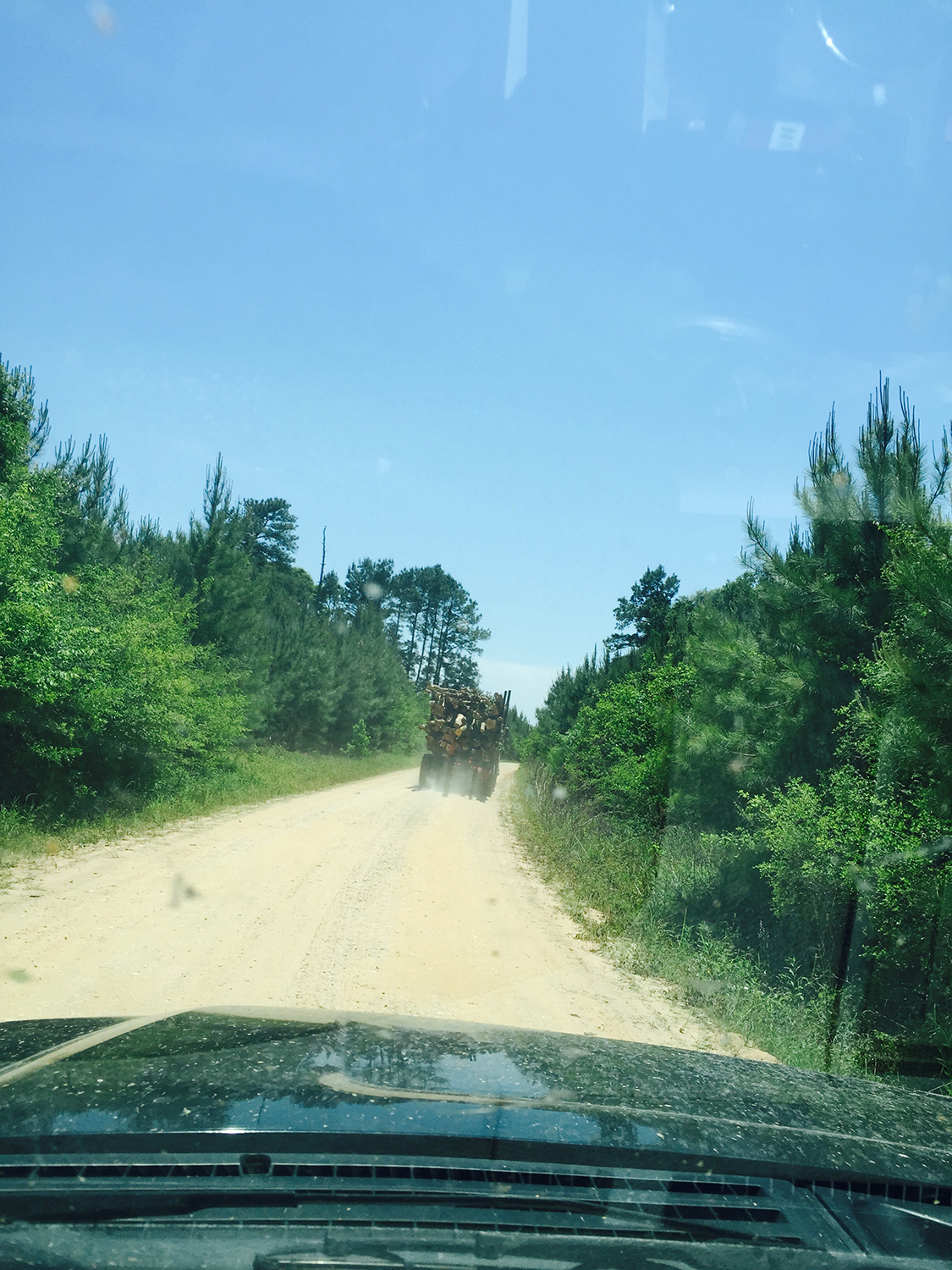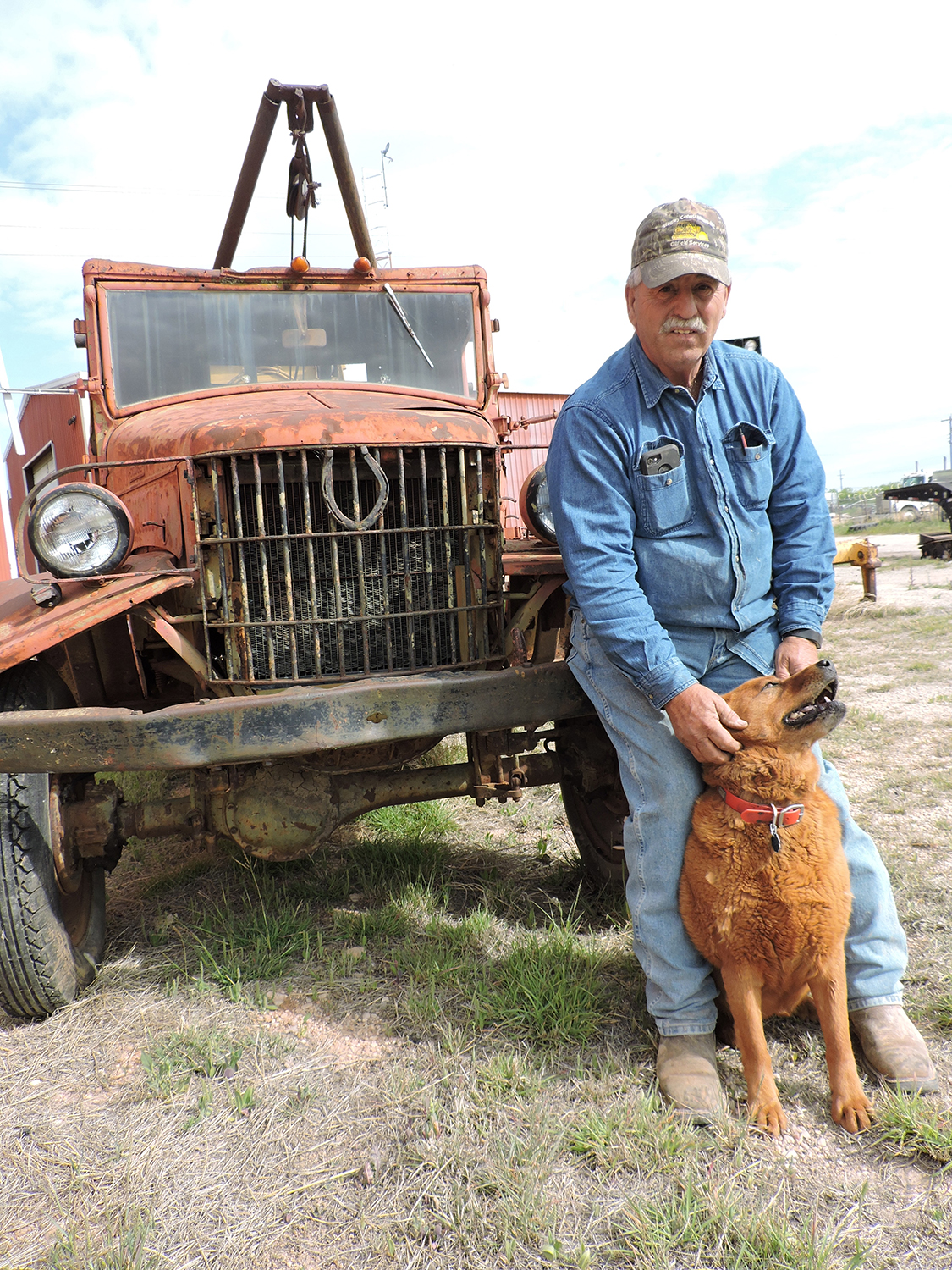by Hanaba Munn Welch
Nothing beats good dirt work to get a drilling project off to a smooth start—not just a proper pad for the rig(s) and a pit for fluids and level ground for tanks and other equipment but also a road to carry heavy traffic to and from the location. Getting it all done right takes more than an affinity for big machinery and a knowledge of which hydraulic lever moves what. It takes finesse.
And you’ve got to know dirt. Experience helps.
“It has become instinct for me,” said Richard Wagley, who’s been in the dirt-moving business since he was a teenager. “Every site is a little bit different.”
Wagley, who has yards at Abilene and Big Spring, has worked in the Permian Basin and in some other parts of Texas. He is the quintessential dirt man—one who’s never thought about doing anything besides moving dirt, whether it’s for the Texas Department of Transportation or for a stadium parking lot (Wagley did Shotwell at Abilene) or in the oilfield. No doubt his sentiments match many others of his ilk.
“It’s all dirt work,” he said.
He likes the oilfield best. “It’s just a little more freedom,” he said.
Wagley is a second-generation dirt worker. His father, the late Hershel Wagley, started the business in Putnam, Texas. A mechanic before and during World War II and a welder after the war, Hershel Wagley bought his first dozers after an experience as an oilfield welder.
“What my daddy told me… he got stuck out on a drilling rig,” Wagley said. “It took two days to get a dozer to pull them out. He went to Post, Texas, and bought two worn-out 8U Cat D6’s. [Caterpillar launched the D6 series in 1947]. He started out from there, and we started clearing land and one thing and then another.”
Business peaked in the booming 1980s. “We wound up having 13 dozers,” Wagley said. “That’s what I remember.”
By then Richard Wagley was an experienced hand. “I actually started working when I was 14 years old,” he said. “One of my favorite ‘stories’ is my dad threw me in a truck when I was 16 years old.”
The year was 1975. Richard Wagley, of course, did not have a commercial drivers license. His dad gave him some advice: “If you meet a highway patrolman, wave real big and act like you know what you’re doing.”
Wagley was routinely hauling the D5 to Comanche. “I was going down there to cover up pits for Atlanta Drilling Co.,” he said.
Wagley’s dad obviously wanted his son to learn the business. “One time we were both working on an old D5,” Wagley said.
“How come I’m always the one that has to help you?” he asked his dad.
“One of these days all this stuff is going to be yours,” his dad replied. “You need to know how to maintain and keep all this equipment.”
Neither knew how soon the words would ring true. Hershel Wagley died unexpectedly in 1993 when his son Richard was only 33 years old—young but experienced, thanks to his dad.
Wagley’s father wasn’t the only one who had given him good advice about the dirt road ahead. “R. W. Reynolds, math and algebra teacher at Putnam, he looked me right square in the eye one day in algebra class,” Wagley said, remembering Reynolds’ prophetic words: “Richard, one day in your life this algebra is going to come in handy for your dirt work.”
Once out of high school, Wagley was on his career path, happy to have a grasp on some algebra. A gift from his dad also proved useful. “My dad bought me an engineer’s book on cuts and fills,” Wagley said.
And the rest is history, full of ups and downs in the oil patch and work ranging from parking lots and highway work to drill sites. In fact, Wagley uses some of his parking lot expertise in the oil patch. “I’ve even learned how to do a drainage plan on the locations,” he said. “I learned how to specifically slope a location for drainage with laser equipment. I learned all that when I was doing parking lot drainage.”
In case of rain, good drainage and a properly built-up road means fewer vehicles stuck in mud.
Sometimes it’s the dirt guy who has to pull them out. “When my daughters were 3 and 5 years old, Don Hudgins [company man] called me,” Wagley said.
“You won’t be up here but just a couple of hours,” Hudgins told him. Two hours turned into four days.
“The well started blowing out,” Wagley said. “I stayed up there, and I pulled in trucks four miles off the county road. I had to tow trucks in and out. We had like ten inches of snow on the ground.”
Oilfield rule: If anything is going to go wrong it’ll happen when the weather is bad.
Most of the time, Wagley’s work is less dramatic. He prefers laying groundwork, literally and figuratively, for a peaceful existence for everyone involved. “My primary goal is to meet with the landowners and establish a relationship with the landowners—a good working relationship,” he said.
He bases his approach on past experiences. “I have been on some places, and they told me to go to work, and here comes the landowner in an old Chevy pickup,” he said. “He pulls a gun on me and tells me to get off his property or he’s calling the sheriff.”
Not a good start.
“A majority of the landowners in the Permian Basin [per Wagley’s experiences] don’t own the minerals,” he said. “There’s been just a handful of them that have actually owned the minerals on their property.”
For the last nine years Wagley has been working primarily for Midland-based Crownquest. “They’ve kept me real busy through the ups and downs,” he said. “When I first went to work for Crownquest I said I want to have at least a contact phone number for the landowner.”
The Wagley-landowner conversation usually goes something like this: “Next week I’m going to be coming onto your property. Meet me out there. Give me a time and place, and we’ll discuss anything that you do want or don’t want.”
Besides getting paid for damages and often getting a new or improved road out of the deal, the landowner also often makes money on the sale of caliche to the oil company. “The vast majority of landowners in the Permian Basin have a caliche pit,” Wagley said. “We use the material out of their pit. They can profit from that.”
The target depth of the drilling project and the size of the rig make a difference in the pad for the rig. Wagley has seen the gamut—wells only 500 feet deep around Putnam, where he grew up, and as deep as 21,000 elsewhere. Wagley has compacted caliche pads as thick as three feet.
Question to Wagley: “You wouldn’t ever have to do that at Putnam, would you?”
Wagley’s response: “No,” said with a laugh.
Sometimes the work can be dangerous. Wagley remembers the time the draw works gave way on a rig that was being moved. The crown section landed within five feet of Wagley and his dozer. Scary.
Mostly the work is routine, punctuated only occasionally with a surprise—like the time Wagley unearthed a badger at Carbon, Texas. The badger wasn’t happy.
“He came up on that dozer,” Wagley said. “I jumped off the other side.”
But a typical day for Wagley is free of badgers and falling derricks—just a day to do a good job moving dirt and compacting caliche and to say at day’s end that he’s given his employer “an honest day’s work for an honest dollar.”
Wagley like his work, and he likes getting things right. “I love the oilfield,” he said. “I take a lot of pride in my work.”
He also likes helping others learn the trade.
“I enjoy teaching folks,” he said.
Maybe he got that part of his nature from his dad. Wagley’s two daughters help with office work and the website, wagleyconstruction.com, making Wagley Construction a three-generation business. If a grandson comes along with an affinity for dozers, he won’t have to look far for a good teacher. And he just might inherit a Caterpillar D7G.
“My dad bought that dozer for me in 1988 brand new,” Wagley said.
It still runs. “It’ll be running when them new ones are broke down,” he said.
Wagley has newer equipment, including a Cat D8T bought recently. But his favorite is the one from his dad. “It brings back a lot of old memories,” he said. “I got an offer for it—a lot of money, “ he said.
Not for sale.
Freelance writer Hanaba Munn Welch writes regularly for PB Oil and Gas. She maintains a website at www.hanaba.net.












